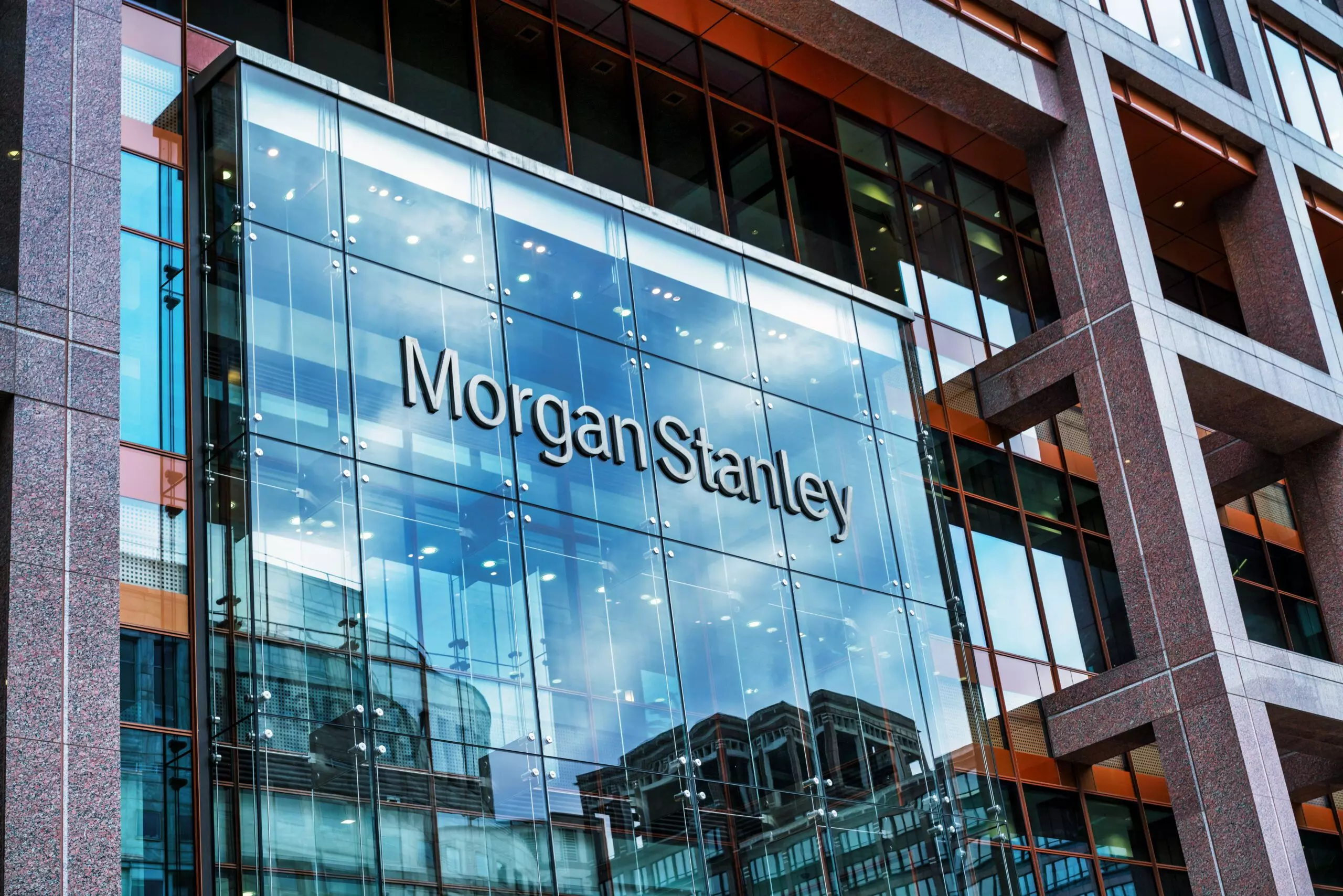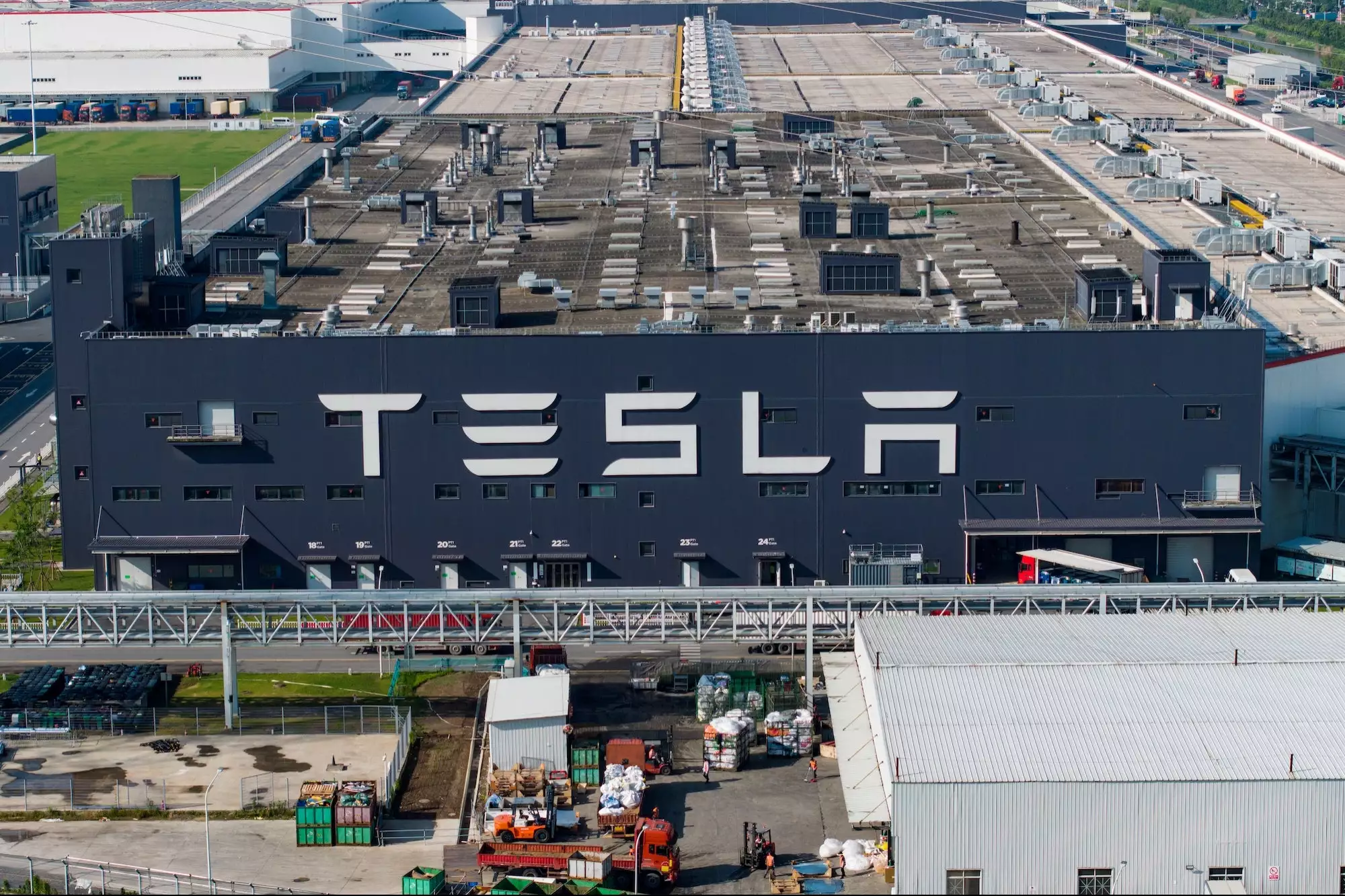Recent data suggests that inflation may have eased in the past month, reaching its lowest level in over two years. However, it continues to hover above the Federal Reserve’s target, raising concerns among economists.
According to a survey conducted by The Wall Street Journal, consumer prices are estimated to have risen by 3.1% in June compared to the previous year. Although this figure is significantly lower than the peak of 9.1% observed in June 2022 and down from May’s 4%, it still surpasses the Federal Reserve’s desired 2% target. The last time inflation was around the 3% mark was in March 2021.
The Labor Department is scheduled to release the consumer-price index, a widely tracked indicator of goods and services prices, on Wednesday at 8:30 a.m. ET.
Given recent indications of robust economic activity, Federal Reserve officials have hinted at the possibility of raising interest rates to the highest level in 22 years during their upcoming meeting on July 25-26. The inflation report set to be released on Wednesday is not expected to alter this course of action.
In their most recent meeting, officials opted to keep the benchmark federal-funds rate within the range of 5% to 5.25%. This decision marked their first pause following ten consecutive rate increases since March 2022, when rates were raised from near-zero levels. During the June meeting, a majority of officials projected two additional rate hikes for the remainder of the year.
The focus for Federal Reserve officials lies in curbing persistently high core inflation, which excludes the volatility of food and energy prices. Economists consider core prices to be a more reliable indicator of future inflation than the overall inflation rate.
Several factors have contributed to the rise in core inflation, including increased car prices, robust demand for labor-intensive services, and a previous surge in housing rental costs.
Leo Feler, chief economist at Numerator, emphasized that the services sector is where inflation seems to be particularly persistent, affecting areas such as haircuts, car repairs, and car insurance.
Economists estimate that core prices rose by 5% in June compared to the previous year, slightly lower than May’s 5.3%.
Despite predictions of an economic downturn, the U.S. economy has displayed resilience throughout the year. Hiring slowed down in June but remained strong, while consumer spending cooled in May when compared to the previous month. The Atlanta Fed’s most recent estimate indicates that U.S. economic output increased at an annual rate of 2.3% during the second quarter.
Although inflation has decreased compared to the previous year, many consumers are still feeling its impact.
Ali Salim, a 34-year-old individual, shared how rising rent and gasoline prices have put pressure on his budget. Salim mentioned that his landlord raised the rent on his one-bedroom apartment in a Seattle suburb by 24% last year and an additional 10% this year.
To manage the increased costs, Salim made the decision to move to a smaller apartment with fewer amenities, which is also situated 8 miles farther away from his workplace as a solutions architect at a tech company.
He expressed his concerns, saying, “I’m going to have to drive further and spend a bit more on gas, which is another pain point.” Washington state currently has the highest gasoline prices in the nation, with regular unleaded averaging $4.96 per gallon, significantly above the national average of $3.54 per gallon, according to OPIS, an energy-data and analytics provider.
Salim also noted that his reduced savings due to increased expenses have impacted his plans to own a home within the next five years. Previously, he was able to save around 60% of his salary, but after the rent increase last year, he can now only save approximately 40%.
He expressed uncertainty, stating, “With me saving so much less, I don’t know if I’ll be able to do that.”







